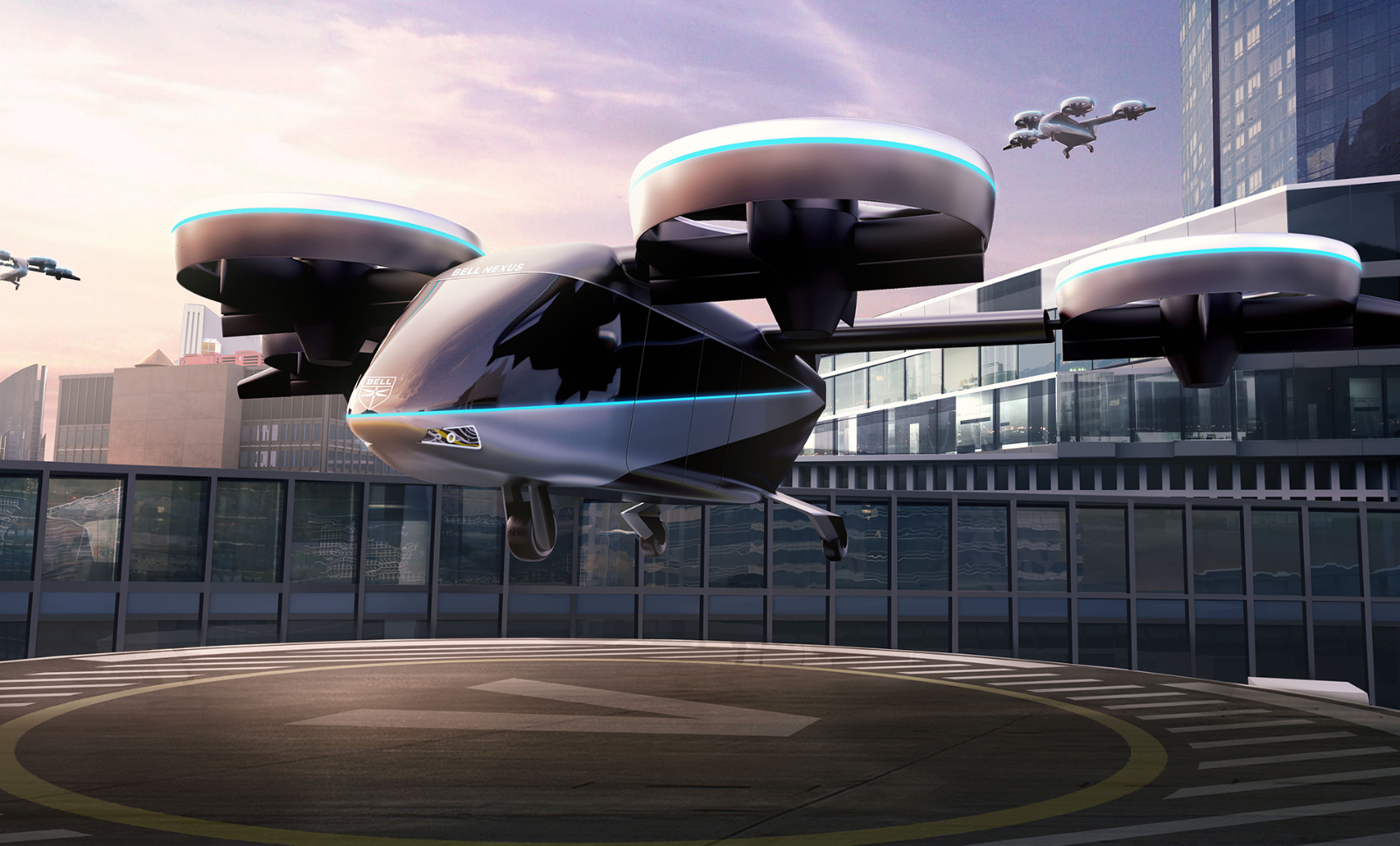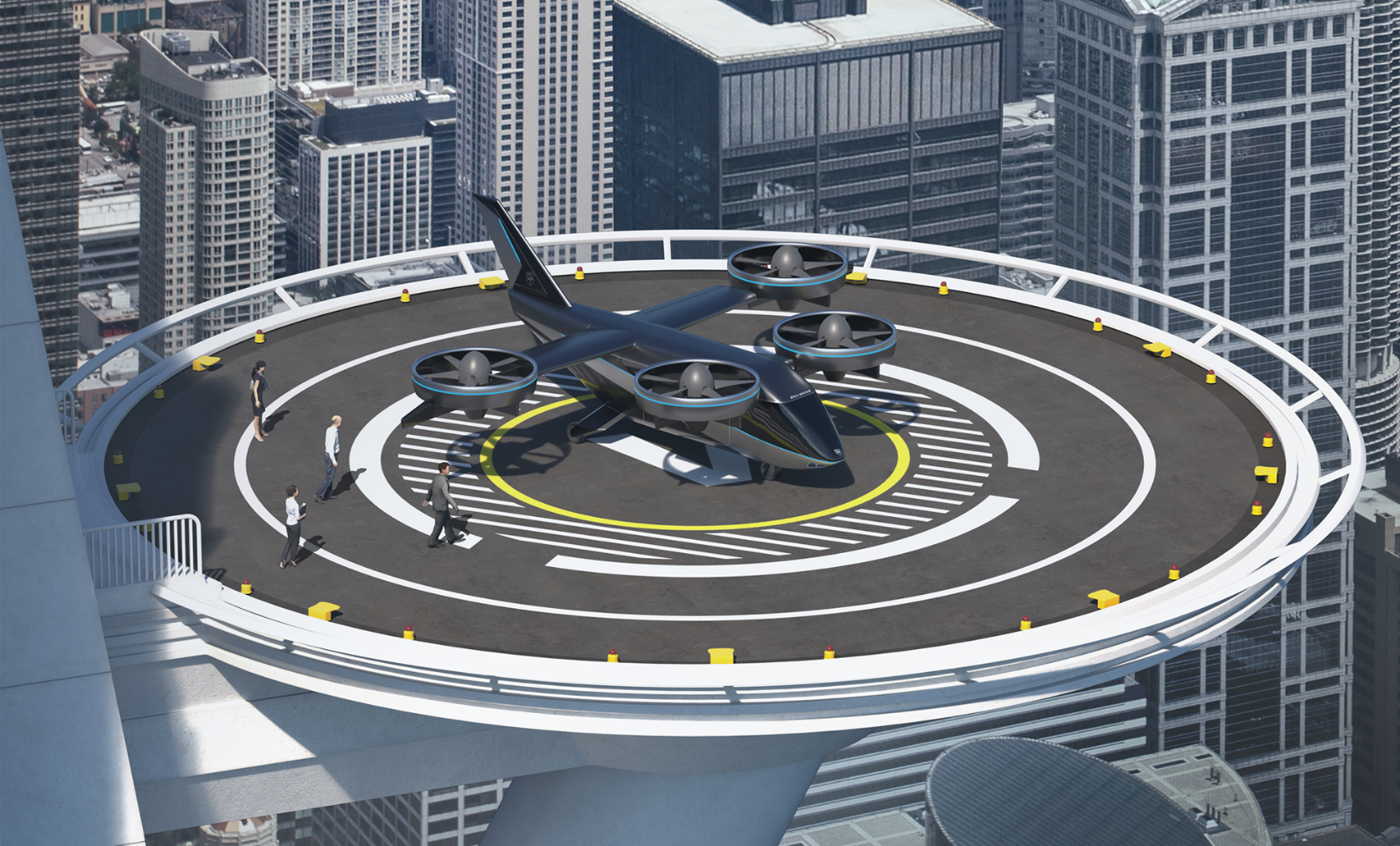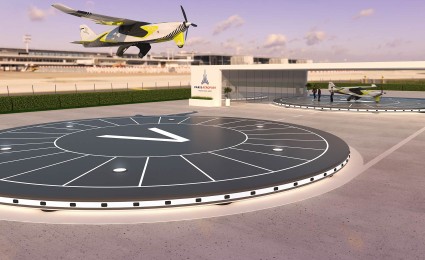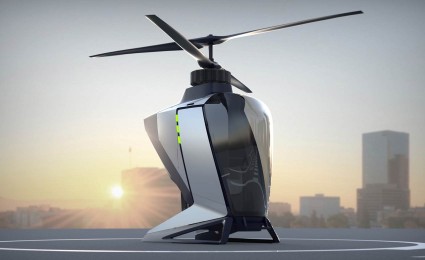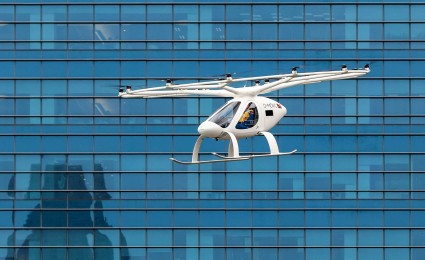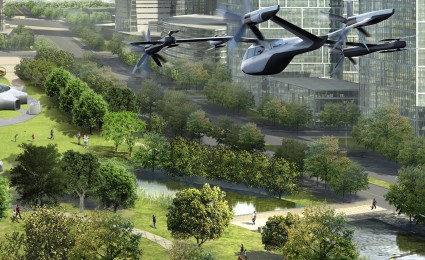Roland Berger advises the aerospace, defense and security industries. We support OEMs, suppliers, agencies and investors.


Bell aims to make Urban Air Mobility more affordable
How to face the challenges and opportunities in the UAM sector as an intrapreneur
With its Nexus and APT (Autonomous Pod Transport) technology demonstrators Bell has taken a broad approach to Urban Air Mobility (UAM). Read in our interview with J. Scott Drennan, Vice President of Innovation at Bell, about Bell's vision of UAM, the challenge of being "intrapreneurs" in a legacy organization and why partnerships will be important to succeed.
"UAM must be affordable for the masses and must not be a luxury good. It will help people save time and money due to shorter commuting and travel times."
How do you define at Bell Urban Air Mobility? What is your vision?
We look at UAM a little bit broader than most of our competitors or other companies who are very active in this new emerging mobility concept. For us at Bell, we understand UAM as the movement of not only people but also goods and data through rural, sub-urban and urban landscapes and beyond in unmanned fashion. The customer shall purely decide where, when and how the customer himself or goods need to be moved.
We have not heard much about the data part yet. Can you elaborate on this?
Currently, our aircraft generate enormous amounts of data during operation which we collect and analyze to create value for us as well as our customers. Concerning UAM, there will be a much larger fleet of vehicles operating in quicker pace. Thus, we explore data capture outside of the vehicle, for example about weather, infrastructure, ground traffic etc. We consider data capturing as a potentially additional revenue stream due to the new insights gained by analyzing these data.
When do you think the first UAM services will be available?
For logistics services, I see an operational launch in the first half of the 2020s, starting first with rural operations and gradually moving to suburban and urban operations. I believe first passenger services will be available later from mid-2020s onwards. My view of the timeline might rather be a bit more conservative than others, but this is based on our experience at Bell how long the technology development and certification process for commercial aircraft will take.
What do you consider as major blocking points of UAM preventing an earlier service entry?
I see four aspects along the UAM value chain: 1) Technology, 2) Certification, 3) Manufacturing and 4) Operations. With regards to technology, the electric propulsion system needs to become lighter and at the same time increase its power density to enable faster and longer flights. Certification will not be a blocking point in terms of publishing facilitative regulations but rather due to certifying bodies' need to get accustomed with a wealth of new technologies and the overall length of the certification process. The Manufacturing aspect will be a blocking point since A&D companies today are not able to manufacture passenger drones at scale. It is possible to achieve an output of a few hundred vehicles per year but not 1000s, which will be required to scale up UAM operations. Lastly, on the Operations side the scalability of UAM is not achievable yet due to restricted air space over urban areas and air traffic control limitations.
First prototypes (Lilium, Volocopter, Ehang) are already flying. When are you planning to conduct first test/demonstration flights?
We do not have a prototype flying yet today because we focus on building the technology demonstrator which will be much closer to a commercially certifiable aircraft. We develop new technology systems and test them on our already flying aircrafts to ensure full scale system level testing. By doing so we ensure absolute reliability as well as safety and these will be key enablers for public acceptance.
Do you think your approach will increase the chances of public acceptance?
It is certainly possible to create a hype among public crowds during demonstration flights, but we want to ensure 100% safety and reliability first as well as prove the eco-friendly approach in terms of noise and emissions before we are start showcasing our UAM prototype to the public. On top of this, we want to ensure affordability, otherwise we would not be ready to launch it for the masses. Thus, we are currently focusing great efforts towards communication on how to introduce a new technology in the best possible way to create a real and sustainable hype.
So we can observe two approaches: On the one side the "product first" approach Bell follows which is linked to its history of being a traditional aircraft OEM and on the other side the "start-up" approach with rapid prototyping and early demonstration flights. Is one better than the other?
Both approaches can work. However, one needs to consider the organizational environment of innovation: At Bell we consider ourselves "intrapreneurs" since we operate in traditional legacy-organizations but use much more agile and innovative approaches than usual. This differentiates us from the fast-lived start-up culture based on much smaller entrepreneurial organizations. So, you have innovation in traditional culture versus. innovation in start-up culture and that is why we are observing two approaches.
How do you envision the future business model of UAM?
The smartest business model will allow to look at new verticals. In the UAM space, several verticals are available. We are looking at some of them already today, namely "vehicle" (designing, manufacturing) and "MRO". New verticals such as "Operations" (flight operations, ground handling), "Digital infrastructure" (air traffic control, communication, navigation, data management,) and "Physical infrastructure" (vertiports, mobility center, ground based transportation links) are yet to be explored. For us the best approach is a holistic one - to not focus only on one vertical but many verticals. Only then we will be able to build broad capabilities to ensure reliability, safety, eco-friendliness and affordability of UAM. This will result in technological success and ultimately financial success.
Sounds like a very exciting but also a very complex task. What is your strategy to tackle this?
Well of course one cannot develop all the required capabilities by himself and still be ready to launch early in the new market. For us, collaboration is key to acquire a broad skill set. For example, automotive companies are experienced in large scale manufacturing. Further, vertiports need to be linked to an extensive last-mile ground transportation network. These capabilities and assets will be acquired with partnerships and collaboration to create a new system where the strengths of both partners are combined. We have the chance to build an entire new mobility eco-system from scratch and we think this can only be done via a shared approach rather than tackling all aspects by ourselves.
Many thanks for the interesting insights so far! Last question for today: Does the building of this new mobility eco-system require a system architect and if so who would that ultimately be?
Cool question! Due to the high complexity of the vehicle itself as well as mastering the certification process, I position the vehicle OEM in the center of the eco-system. Around this center there will be the other stakeholders influencing the vehicle OEM. On one hand, we see "software and digital infrastructure" covering all system and data parts of UAM. On the other hand, there is the "business model" setting the capital requirements. This part is linked to public acceptance, which cannot be neglected. Public acceptance can only be achieved if UAM has a clear benefit. Besides safety and eco-friendliness, the affordability aspect is the most important one. UAM must be affordable for the masses and must not be a luxury good. It will help people save time and money due to shorter commuting and travel times and thus will increase the value of time – it could be life-altering for most people!


